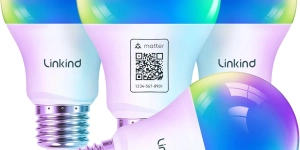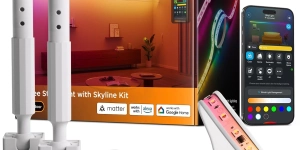I love my Philips Hue Ambilight TV, and I have few bulbs dotted around the bedroom that link to it for the ultimate immersive movie watching. But I could never bring myself to buy more for the rest of my home because of the insanely high pricing. And the prices just went up again. I just can’t recommend Hue to anyone looking to start a smart home today; but here are some worthy alternatives that I can recommend.
Note that I’m not suggesting you replace your existing hardware; don't fix what isn't broken. But if you’re expanding, or need to replace something, look here instead.
Ambilight TV and connected lighting: Use Govee DreamView instead
The standout feature of Philips Hue for me has always been the TV backlight, where LEDs on the rear reflect what’s playing on TV—a little bit like a defocused projector. Effects like magic spells explode into your room; ice white snow scenes are as blinding as the real thing.
With Philips Hue Entertainment Spaces, you could expand your system beyond the LEDs on the back of the TV and into other connected lighting in your living room, whether that was ceiling-mounted LED strips or color bulbs for your downlighter. It wasn't just your TV anymore—your entire room became part of the immersive TV experience.
If you don’t have one of the fancy TVs with the tech built in though, the Hue Play Sync Box with TV light strip is your entry point to the Ambilight system—and it’s $450. But while Hue may have been the original, it isn’t even the best option nowadays. The Govee DreamView system works in exactly the same way, using an external signal analyzer in the form of the Govee AI Sync Box. It costs less than half the Hue—on sale for $210 during Prime Day.
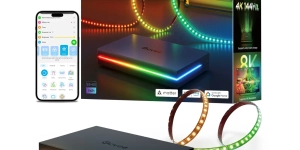
Govee AI Sync Box 2 (for 55-65, 75-85 inch TVs)
The Govee AI Sync Box Kit 2 syncs ambient lighting with your TV or gaming setup for an immersive experience using AI-driven color matching.
Just like the Hue Entertainment Spaces, Govee DreamView allows you to extend your screen content around your room into other Govee fixtures.
For the awkward gap between your wall and ceiling space, the Govee Skyline is a perfect addition—currently $99 for the 20 foot version.
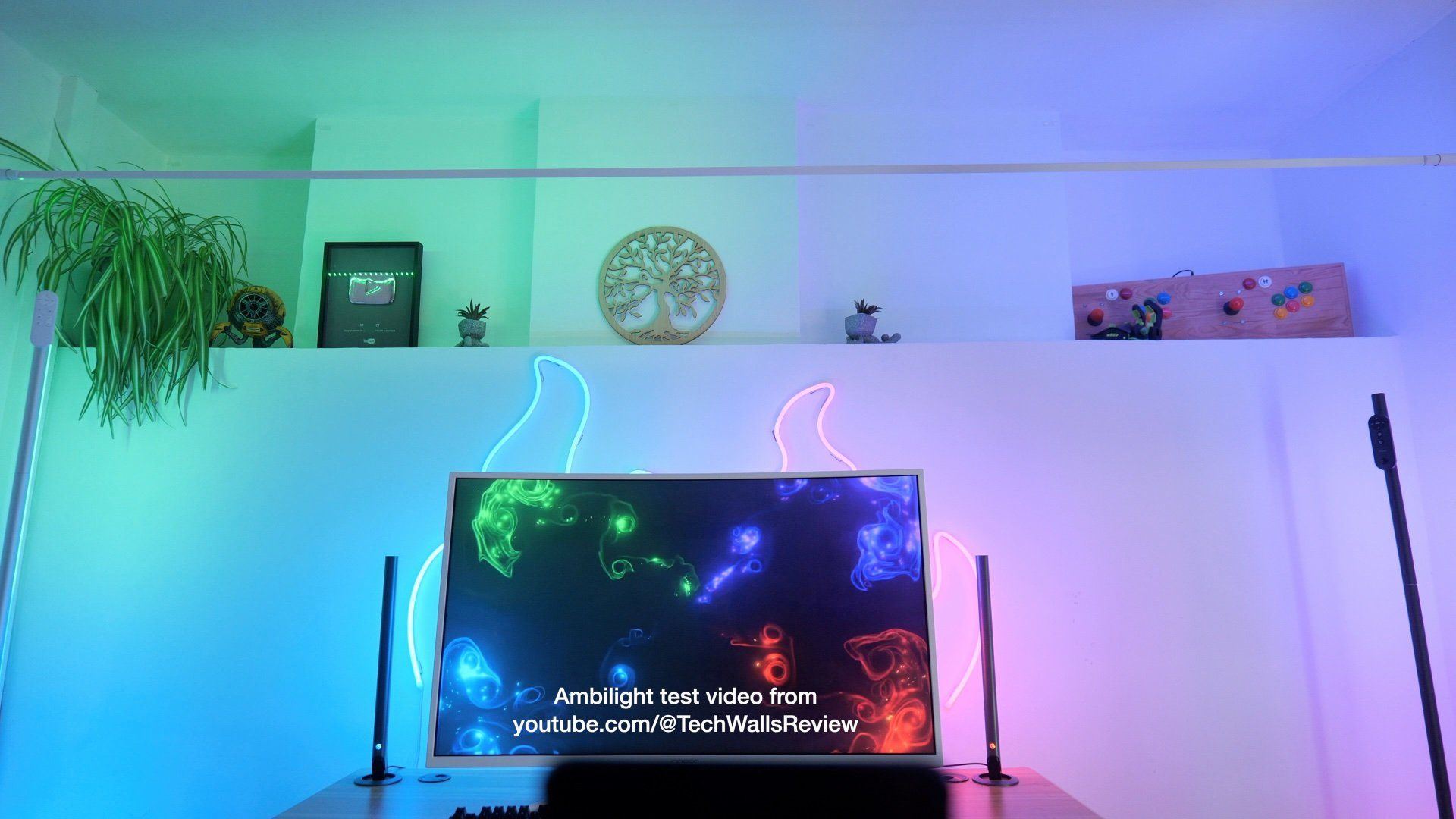
If you want some tall floor lamps for either side of the TV or at the rear corners (surround … vision?) then the Govee Floor Lamp 2 is also Matter and DreamView compatible, and $99 each in the Prime sale.
While Govee isn't the only Ambilight clone in town, it's the only one that's Matter-compatible and has a wide range of other fixtures to link in with.
Color Bulbs
The cheapest color Hue bulbs I’ve seen are $26 each—and that’s on a Prime Day deal for a 3-pack.
But if you’re happy to use Wi-Fi, there are plenty of great alternatives. The Linkind 4-pack Matter-compatible color bulbs performed brilliantly in my testing, and while they might not offer the same color accuracy as Hue, they’re a fraction of the cost at $6 each in a 4-pack during Prime Day.
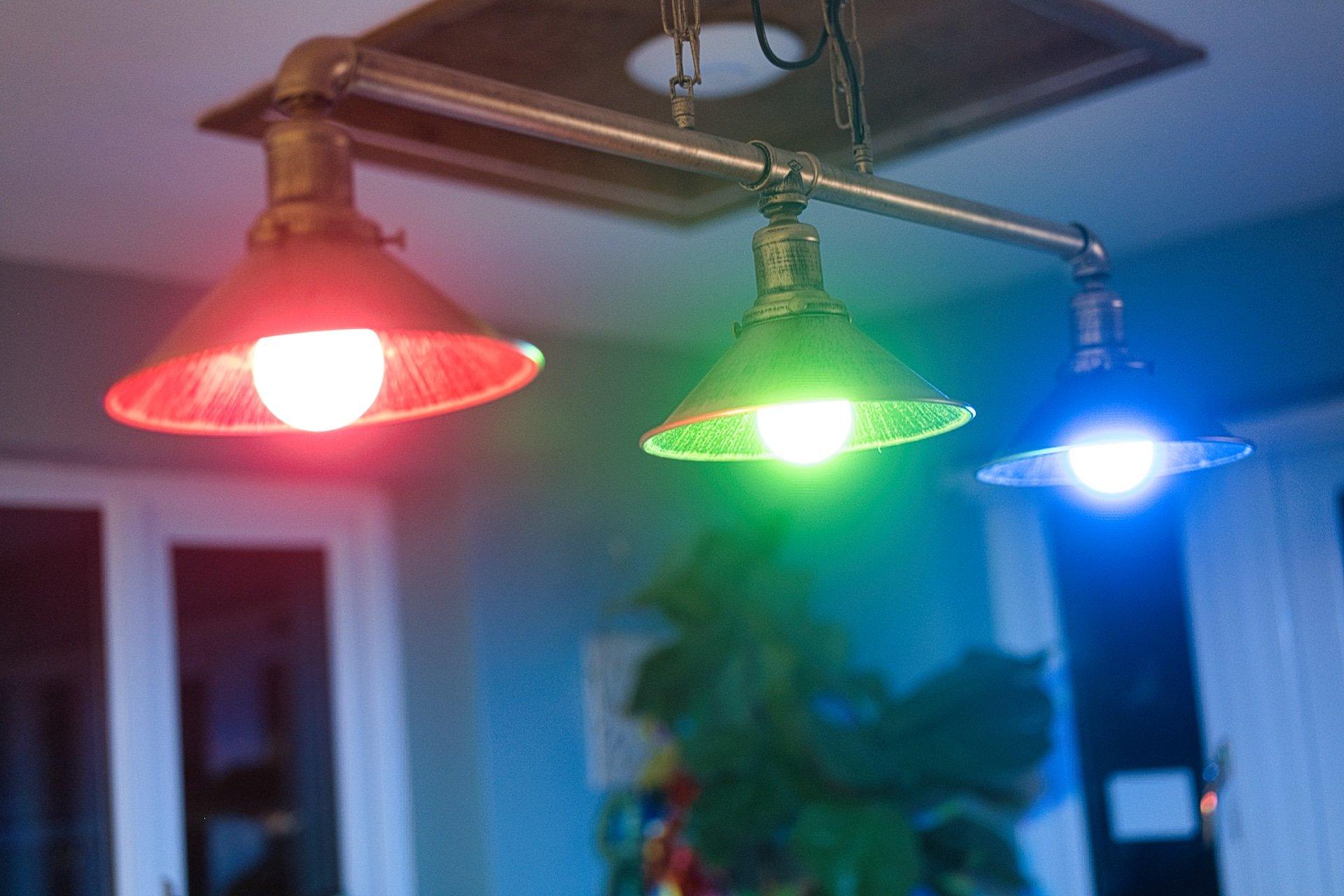
Govee does a similar set for the same price, so if you’re going all in on a DreamView immersive TV system, it’s worth sticking to the same brand. While Matter ensures your bulbs can be controlled using your smart home platform of choice, DreamView is Govee’s own tech and won’t work with other brands.
If you'd rather use Matter over Thread, the Aqara T2 bulb is your best bet—and at $18, they're still cheaper than Hue bulbs, but not by much.
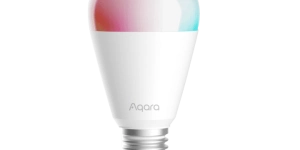
Aqara LED Bulb T2 (E26, RGB CCT)
Smart LED bulb with dual-protocol support (Thread and Zigbee), offering tunable whites, vibrant colors, and advanced features like dynamic effects, adaptive lighting, and multi-device grouping for enhanced control.
Smart Plugs
Smart plugs are the bread and butter of the modern smart home, capable of intelligent power management or automating the dumb devices. If you have a house full of Hue bulbs, you might also be using some of the Hue smart plugs. At around $30 each, they aren't cheap. But you can get a 4-pack of Linkind Matter-compatible smart plugs for $20 during Prime Day. Bargain.

Motion Sensors
It's not just lighting: Philips offers some great outdoor motion sensors in their Hue lineup. Unfortunately, there's not a significantly cheaper or better Matter-compatible alternative here (at least not weatherproof). The Eve Motion is probably the closest, though even with the on-page couple they work out at a little under $40 each in a 3-pack, compared to $43 each for Hue outdoor motion sensors. The Eve Motion uses Thread, so you'll need a Thread Border Router somewhere in your home, and something close enough to the sensors to form a mesh with them.

Eve Motion
Eve Motion is a future-proof security device that uses Matter and Thread technology to provide a responsive and reliable smart home network, offering motion-based automations, IPX3 water resistance for indoor and outdoor use, and a commitment to privacy with no cloud or tracking, all while giving you control across multiple platforms.
For indoor sensors, you've got a lot more options. The Aqara P2 Motion and Light sensor also uses Thread (or Zigbee), and is a fair bit cheaper at $30 during the Prime sale.
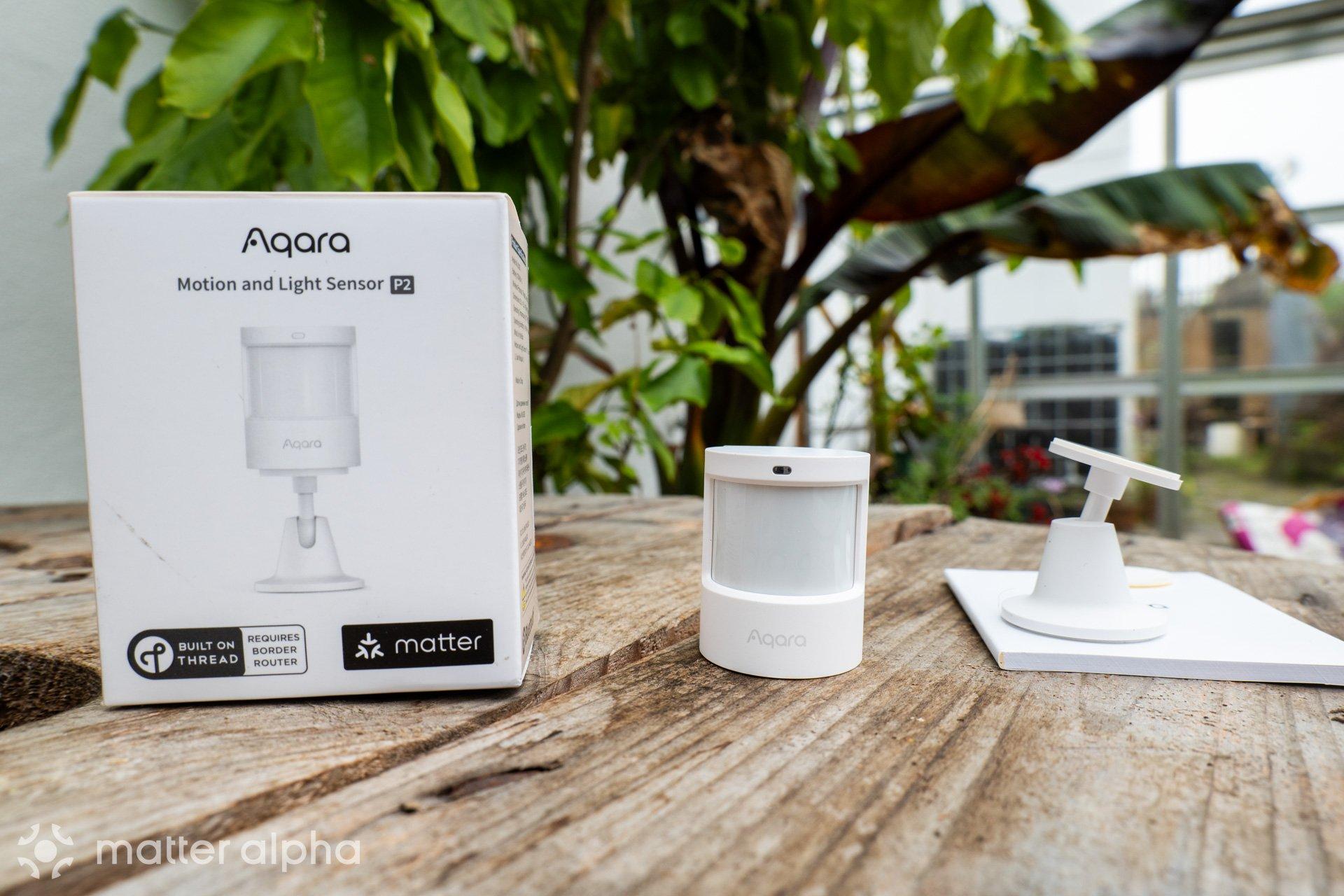
Since motion sensors are usually battery-powered, you should avoid any that use Wi-Fi; it's too power-hungry, and the battery would need replacing in a matter of months. But if you're not keen on Thread, the SwitchBot Motion sensor is massively reduced at $12. It uses Bluetooth rather than Thread, though, so you'll need to pair with a SwitchBot Hub (at around $60). While that sounds like a lot when you factor in the Hub, you'll get temperature and humidity data, infrared device control, and can then make use of other SwitchBot Bluetooth automation products, like the curtain pullers or button presser to automate your existing "dumb" devices.
Hidden costs: Do you need a new hub?
Philips Hue bulbs use Zigbee networking, and require a Hue hub to function. If you’re planning to sell or replace your existing Hue setup and transition completely to Matter, you should be aware of a few hidden costs. For a start, it’s not just bulbs: you may also have some Zigbee plug sockets around the home too. In my house, a single bulb in the hallway acts as a meshing point for a critical Zigbee plug at the other end of the house. If I pull that bulb out, I lose connectivity to the plug, and my car won’t charge overnight. So consider if you have other legacy devices that you need to keep around on the Zigbee network before replacing anything.
If you’re swapping over to Thread devices, you’ll need a Thread Border Router. This is built-in to most Matter-compatible smart home controllers, but not all, so it’s worth checking. The Thread Border Router acts the same as the Hue Hub, changing messages from your local home network to the different radio system that Thread uses.
All Govee lighting works on Matter over Wi-Fi, so your existing network infrastructure should work fine.
If this is your first foray into Matter, you’ll also need a Matter controller that corresponds to your platform of choice. While most smart devices have their own app and can be connected to directly over Wi-fi from your phone or a cloud connection, Matter is primarily a local protocol, which means it needs a piece of hardware in your home that can be constantly talking to your Matter accessories.
For Apple Home, that means you need a HomePod, HomePod Mini, or Apple TV 4K. For Google Home, you’ll need a Nest Home Hub or similar. If you're all-in on Amazon, the Echo Show 8 (3rd gen) is the latest model with full Matter functionality and Thread, and it's only $110 during Prime.
It's time to ditch Philips
Matter leveled the playing field for smart home devices, ensuring all devices would be cross-compatible no matter which platform you chose. No more vendor lock-in, a unified network, and the same ease of use for everything. Philips Hue lost its edge, and it's time to ditch them for better, cheaper alternatives—and now is the best time.


